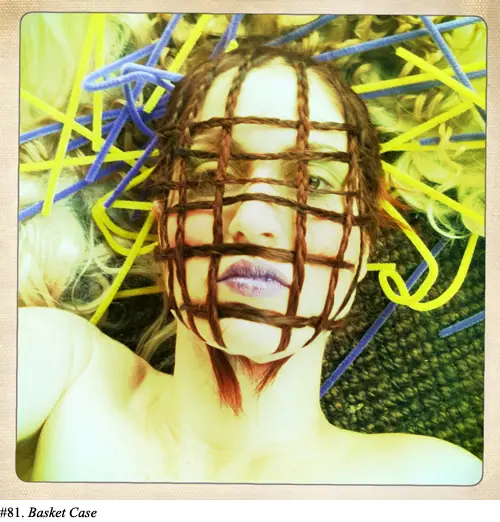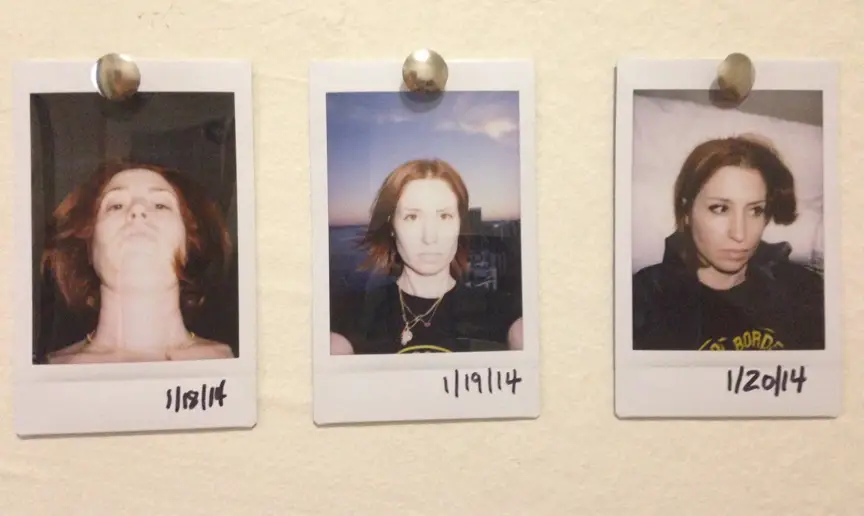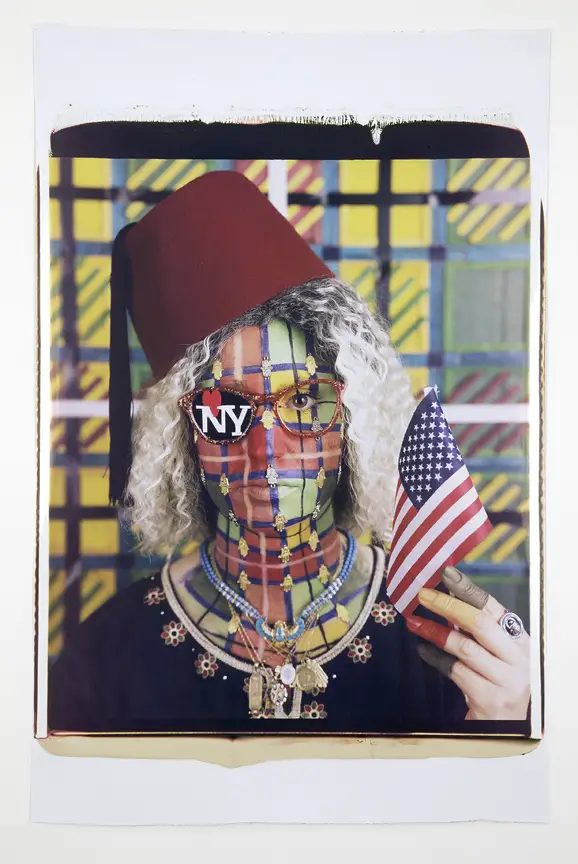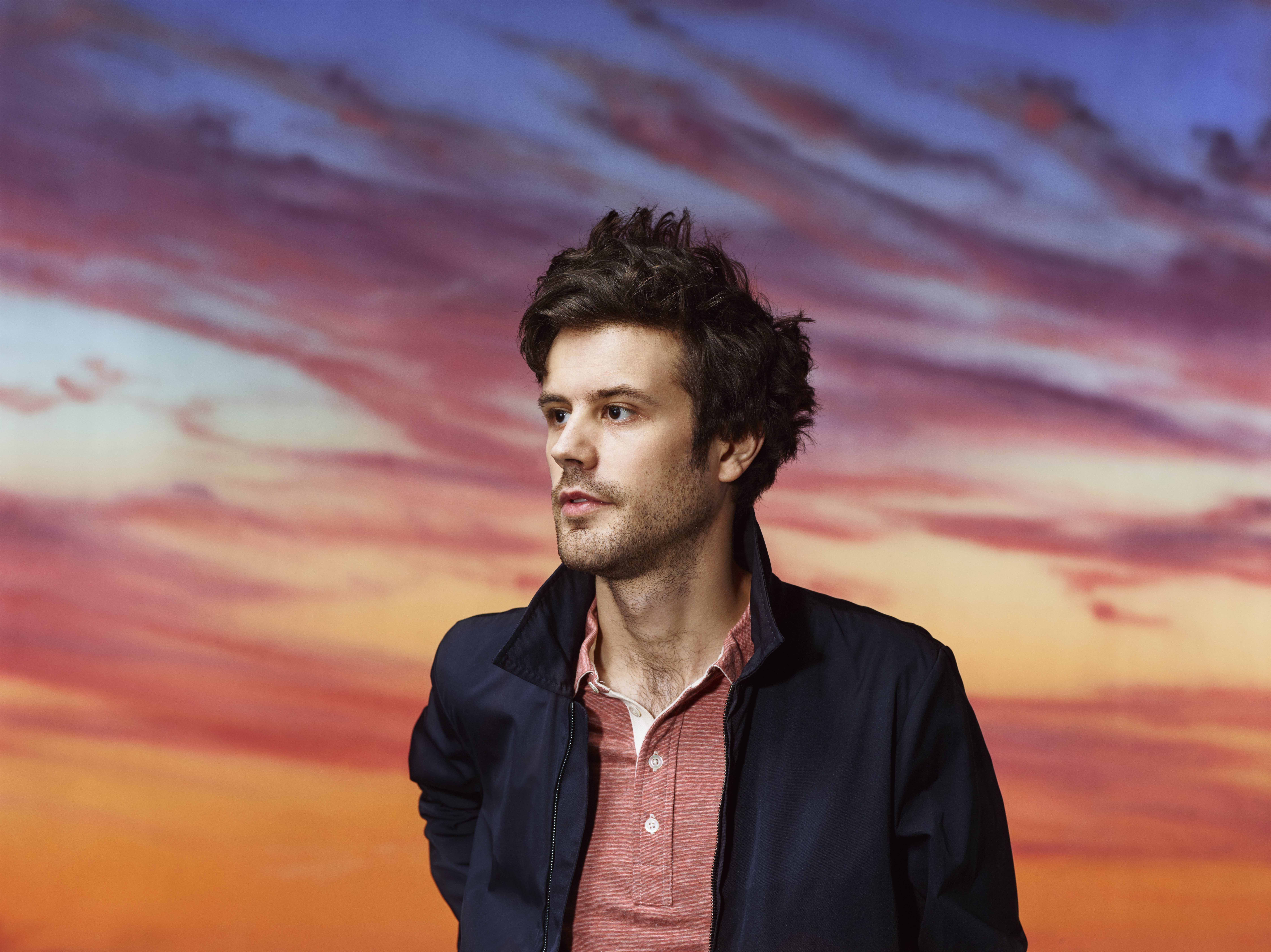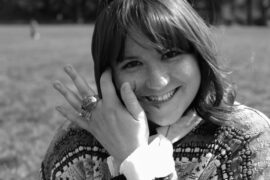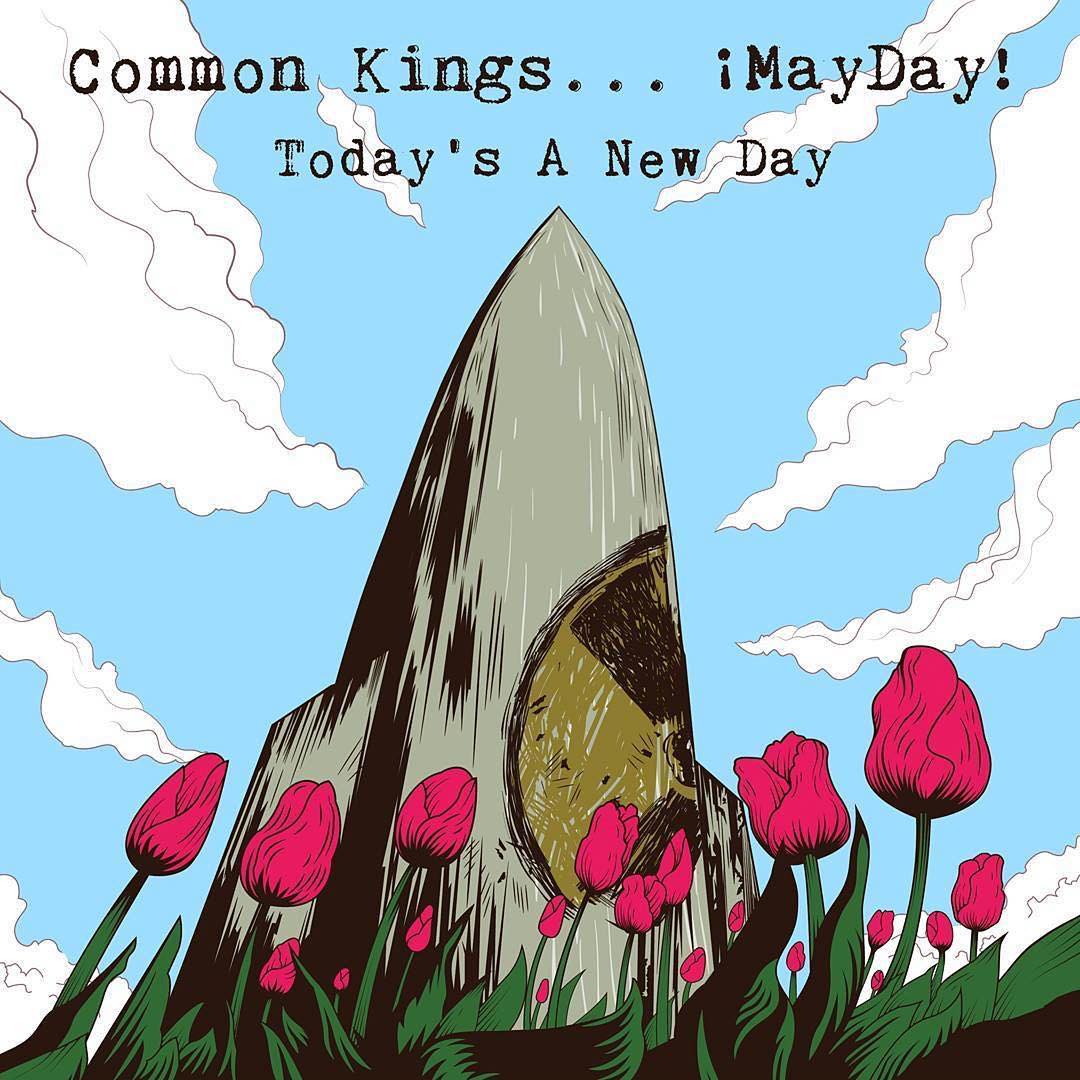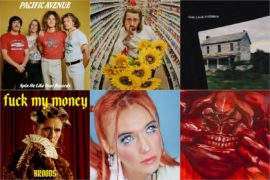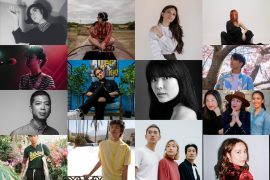Sitting down with Atwood in SoHo’s La Colombe Coffee Shop, Rina Dweck provided us a window into the secrets of her art. Dweck, born and raised in Brooklyn with the accent to prove it, thrives artistically off of the cultural mixture which she calls home. Most recently, Dweck’s work focuses on three self-portrait series: Project Face, Quotidian, and Sides. Through these series she conveys the very human aspect of changing every minute.
Just out of curiosity: when you hear the word transience (the state of being temporary/brief), do you believe it has a negative or a positive or just plain neutral connotation?
My first inclination is to say positive. If I thought about it more, I might change my mind but temporary and brief is just the state that I’m in right now: I’m a mom, an artist and I’m hyper-focused on what it is I need to do because I have so much responsibility in my life. So, I’m very used to that state of being right now and that comes through in my work. I think it’s a positive in my work too because when you have all the time in the world, there’s a certain way of creating something but when you don’t have that much time there is another way of creating it. I tend to also be very ADD and the opportunity to be so regimented really allows me to hone in on what it is that I need to get done rather than dilly-dally. I really take all the ideas that I have and dive into them right away. That’s also why a lot of the work that I do is photography based: I’ll work in other elements on top of it because I need there to be some quick aspect to what it is that I do. It’s all about timing.
What truly got you most interested in self-portraits/photographs? Was there some break in the rain that just had you hooked?
When I decided to stop painting it clicked for me. I took a break, I was in a certain mood and I realized that that mood wasn’t going to get me anywhere: the medium wasn’t working so I stepped back and needed to reassess. By stopping and thinking about it I thought, “I just need to be playful and have fun with this again rather than being so serious.” I was taking my daughter to karate when I started talking to my friend about playing around by changing my profile picture everyday and then we went back and forth throwing out ideas like a mole on my face. I went home and did just that, put the mole on my face and posted it changing it each day for a week. I wanted to see if I could do it for a month, at the end of the month, I wanted to commit to the year. Project Face allowed me to abandon everything and be playful. Also I wanted it to be facially referencing since I am also a makeup artist. When I started transforming myself, everything started to come to the surface and all my technical training started to come forward too from all parts: my make up, my painting, my photography. And because it was on social media I was able to talk to other people about it and it brought up great conversations. It made me realize—I’m an only child with a tendency to be very self-reflected and inward. I feel like this project let me use myself as a vehicle. I feel like I will get to the point though where I’ll photograph other people.
Which do you believe conveys more emotion: the mouth or the eyes?
I’m an eyes person; I think you could tell a lot while I don’t think the mouth is really saying a lot. I think it’s there as a vehicle and the eyes say it all. I’m all about the eyes in my work although I do have the eyes and the mouth/teeth in my work.
Transience is a wonderfully ironic theme for our issue seeing as our last issue had been nostalgia. What is the ideal reaction for your fans after viewing your piece: a quick burst of undeniable emotion or a long calm everlasting effect?
I’m going to cheat now and say both because I think both are really important, especially nowadays with social media. The fact that I started from social media, I understand how to interact with people on two totally different levels. I mean the art world is changing from old ways of being to new ways of being: nostalgia is the very old way of being while social media is a very quick way of being. There’s this very fine line that I am always toying with and playing with: everyday people following you and watching you and commenting. But it’s like when you clean out your friends, you want to make sure that the people who are following you are really watching you and keep their interest, but you also want it to be a long-lasting watching. I give them dribbles of the things I’m working on, but I don’t post it all on social media because I want to make sure that they’re coming to me.
How does your Quotidian series relate to your Project Face collection?
Project face was more about me having fun and exploring different surfaces, different objects, different themes. I’m also doing another series called Sides where I’m using a large polaroid camera producing 20 by 24 inch polaroids. My basic focus is perception: I created a pop-up gallery after Project Face and when I talked to the people observing the art, they really had no idea that they were all one person or that it was me. I started thinking about the very human way of being what stories do we bring—that was my starting point. I also wanted to get a little more personal about who I am not so much having fun like Project Face. Sides is about perception and identity and then the smaller Quotidian Series is tracking myself everyday but this time, as myself because you’re going to see smaller shifts and everyone has those small shifts throughout their year. Maybe you have a pimple one day or your hair grew a couple of inches over a few months; that in and of itself can change how someone sees you. I wanted to do it on this microscale.
Obviously you’re a multifaceted person, showing every which side of you within your various series. Is there a particular underlying feeling that is at the core?
They’re very related to each other and all variations of a theme. But at the same time, I diversify because I feel like I need that for myself in terms of materials and time. I don’t want to be one of those people who just have a formula. I constantly want to learn and try new things.
How much has the city affected your art?
I was born and raised in Brooklyn which very unusual nowadays. Sometimes I feel weird having Brooklyn on my résumé because I feel like every artist is from Brooklyn, but I truly am from Brooklyn. I’m from the heart of the melting pot, so many mixings of communities and cultures, doesn’t matter where you’re from. That’s where I still am today: when I go for culture this is where I go, I don’t go to Williamsburg. When I come home from afar, I need to see that skyline.
How do your kids react to your art/you job? Or what’s been their most unique reaction?
When I was in my second week of Project Face, I hadn’t told my middle daughter yet about it and she walked into my bathroom when I was doing my makeup for one of the pictures. She looked at me questioningly and as I started to tell her about it she goes, “Hold up right there! I have this sparkly eye shadow in my room that I’m going to get for you right now.” I definitely borrowed it a few times after that. Another story was when I needed to be duct taped to the wall for a photograph and my son was helping me with it. He was duct taping my hands and hair and he just kept saying “Mom you sure it’s not hurting you??” And I’m just like “Yea, yea, it’s fine!” He’s over there having the best time duct taping his mother to the wall. Then the phone rings and it was my cousin and he goes “Jesse, my mom can’t get to the phone right now she’s duct taped to the wall!” It’s his favorite photograph because he got to help. My kids were so supportive throughout the whole project. They were in pictures; they helped take pictures. They were a part of everything.


